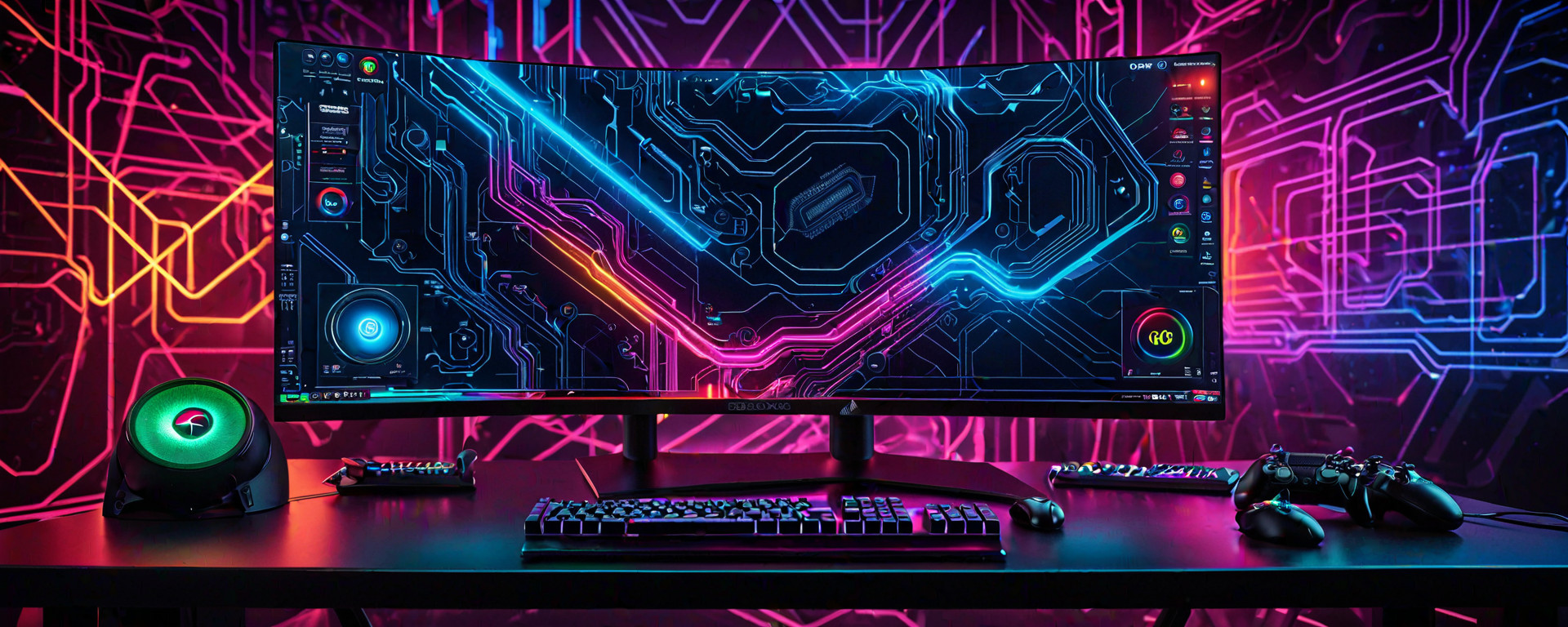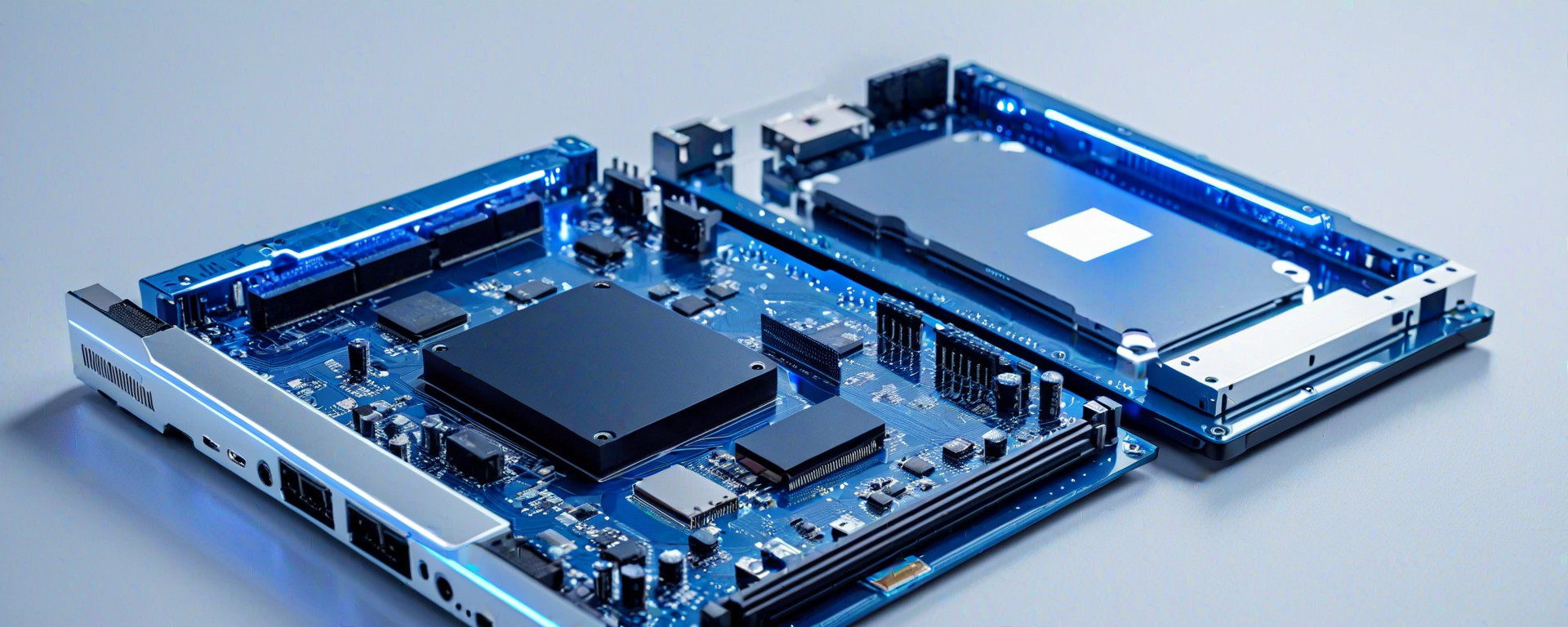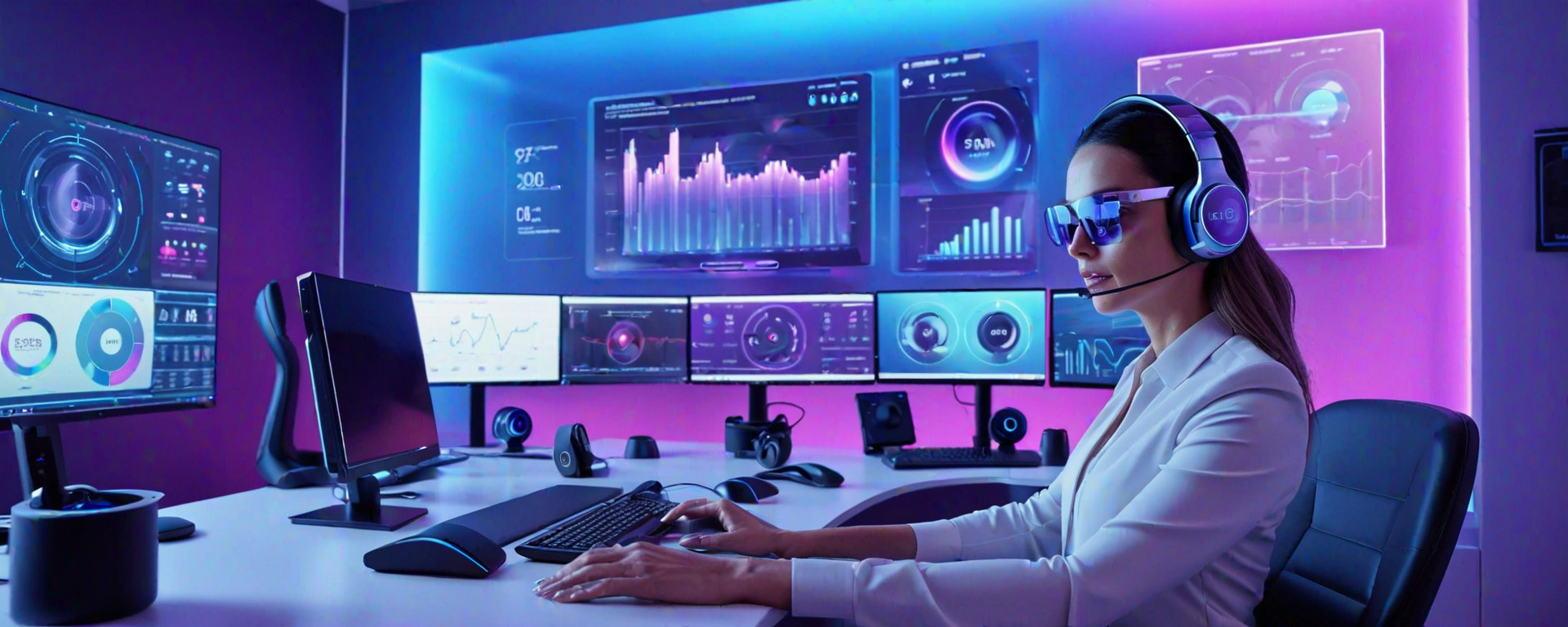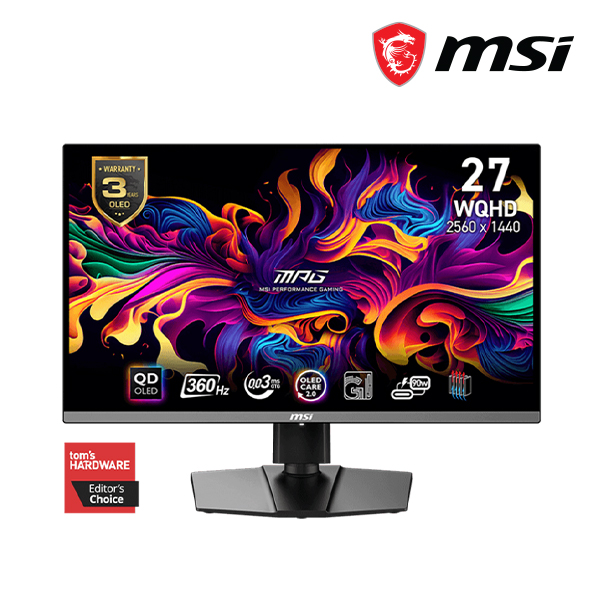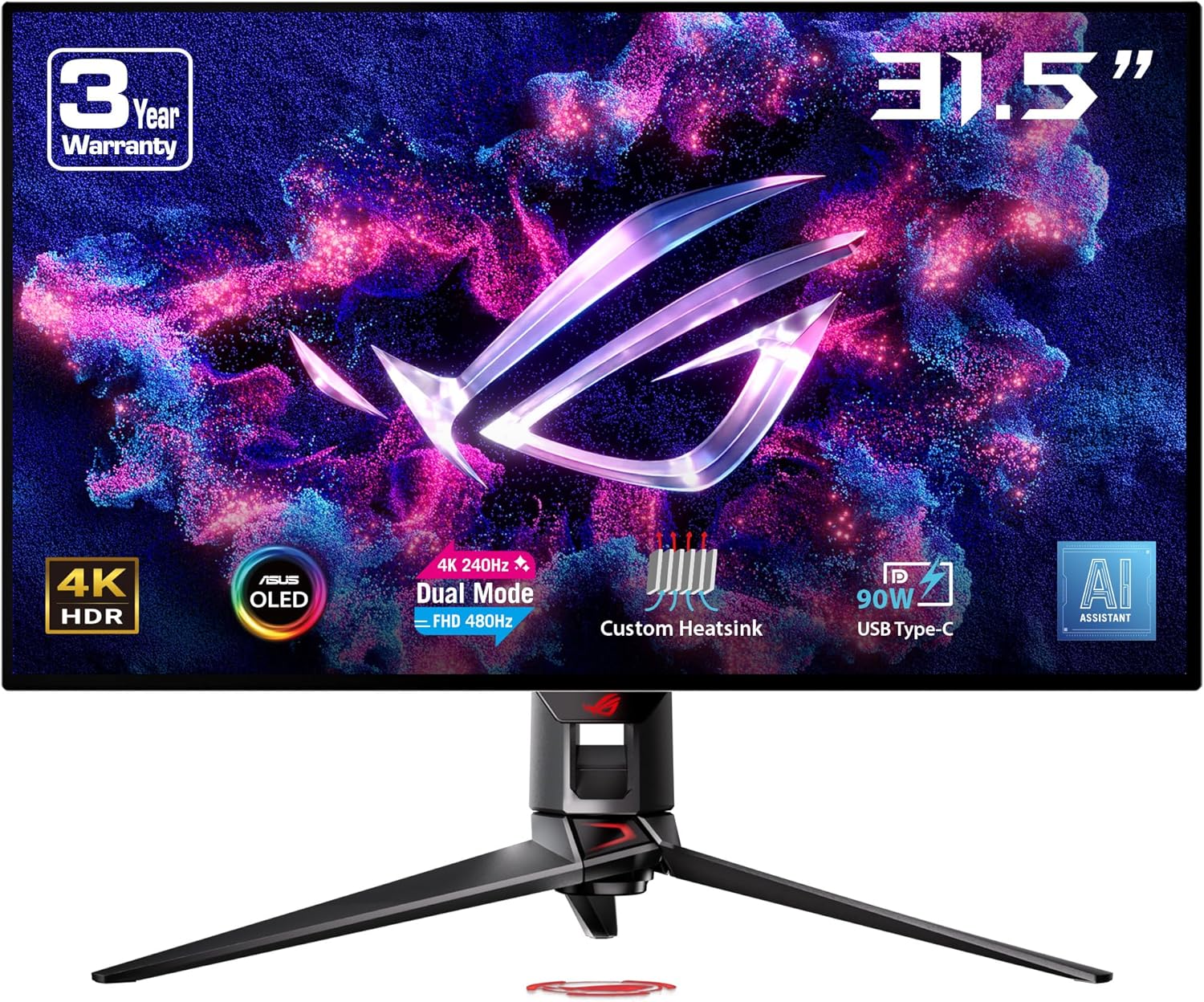Introduction
In today's digital age, spending long hours in front of a computer screen has become an integral part of work and daily life for many people. However, prolonged exposure to screens can lead to various health issues such as eye strain, headaches, and musculoskeletal problems. Ergonomics plays a crucial role in mitigating these issues by ensuring that your workspace is set up to promote comfort and productivity. This article will delve into the importance of ergonomics and eye health when setting up your monitor, providing detailed insights and practical tips for creating an optimal work environment.
The key benefits of ergonomic monitors and accessories include improved posture, reduced eye strain, enhanced focus, and increased overall well-being. By carefully selecting and configuring these tools, you can significantly enhance both the physical and mental aspects of your daily routine.
Understanding Ergonomics
Definition and Importance in a Work Environment
Ergonomics is the scientific discipline concerned with designing and arranging things people use so that the people and things interact most efficiently, safely, and comfortably. In the context of computer usage, ergonomics focuses on optimizing how users interact with their workstations to reduce strain and fatigue.
Common Issues Related to Poor Ergonomics
- Back Pain: Incorrect seating posture while working at a desk can lead to chronic back pain. Slouching or leaning forward for extended periods strains the spine and lower back muscles.
- Neck Strain: Tilting your head to look up or down at a poorly positioned screen puts pressure on neck muscles, causing stiffness and discomfort over time.
- Shoulder Tension: Improper arm positioning can cause tension in the shoulders due to constant muscle engagement. This is particularly common when using a keyboard that requires reaching forward.
Impact of Eye Strain on Productivity and Health
Eye strain, also known as computer vision syndrome, occurs when your eyes become fatigued from prolonged screen time. Symptoms include dryness, redness, blurred vision, headaches, and difficulty focusing. Prolonged eye strain can lead to more severe conditions such as chronic migraines or permanent changes in visual acuity.
Selecting the Right Ergonomic Monitor
Key Features to Look For
When choosing an ergonomic monitor, consider features like:
- Adjustable Stand: Allows you to adjust the height, tilt, and swivel of the screen for optimal viewing angles.
- Anti-Glare Screen: Reduces eye strain by minimizing reflections and glare from surrounding light sources.
- Low Blue Light Emission: Helps protect your eyes from harmful blue light radiation emitted by screens.
In-Depth Analysis of Monitor Options
Several manufacturers offer ergonomic monitors with advanced features designed to enhance comfort and productivity. Here’s a detailed comparison:
| Model | Adjustable Stand | Anti-Glare Screen | Low Blue Light | Brightness Levels | Price Range ($) |
|---|---|---|---|---|---|
| Acer E271HQUbdmi | X | X | + | Yes | $150 - $200 |
| Samsung S24E350HD | X | + | + | No | $120 - $170 |
| LG 24MK600-B | + (Limited) | X | + | Yes | $180 - $230 |
Configuring Your Workspace for Ergonomics and Eye Health
Setting Up an Optimal Sitting Position
To ensure that your sitting position supports good ergonomics:
- Chair Height: Adjust the chair so that your feet rest flat on the floor, with knees bent at a 90-degree angle.
- Back Support: Use a supportive chair or add lumbar support to maintain the natural curve of your lower back.
Positioning Your Monitor for Reduced Eye Strain
- Monitor Distance: Place your monitor approximately 20-28 inches away from your eyes, maintaining a comfortable viewing distance.
- Suitable Height: Position the top of the screen at eye level or slightly below to avoid neck strain. This may require adjusting your chair height and/or using an adjustable stand for your monitor.
Additional Ergonomic Tools and Accessories
The Importance of a Comfortable Keyboard and Mouse
A poorly designed keyboard and mouse can lead to repetitive strain injuries such as carpal tunnel syndrome. Opting for ergonomic tools that fit comfortably in your hands and promote proper hand positioning is crucial.
Investigating the Benefits of Standing Desks
Standing desks allow you to switch between sitting and standing positions, reducing the risk of back pain associated with prolonged sitting. They also encourage better posture and increased energy levels throughout the day.
Tips for Maintaining Eye Health While Working at a Computer
The 20-20-20 Rule
Follow the 20-20-20 rule: every 20 minutes, look away from your screen and focus on an object 20 feet away for at least 20 seconds. This helps reduce eye strain by giving your eyes a break.
Hydration and Nutritional Considerations
Drink plenty of water throughout the day to keep your eyes hydrated, and eat foods rich in vitamins A, C, and E, which support eye health.
Common Mistakes to Avoid When Setting Up Your Workstation
Poor Lighting Conditions
Avoid placing your monitor directly under harsh overhead lights or near windows that cause glare. Use curtains or blinds to control natural light and consider task lighting to reduce shadows and minimize eye strain.
Incorrect Screen Height and Angle
Misaligning the screen can lead to neck pain, shoulder tension, and other musculoskeletal issues over time. Ensure your monitor is positioned correctly for optimal viewing angles without straining your eyes or neck.
Ergonomic Workstation Checklist
- Monitor height and angle are adjusted for comfortable viewing distance.
- Chair supports the lower back naturally with proper lumbar support.
- Sitting position promotes good posture and prevents strain on muscles and joints.
- Multipurpose lighting is used to minimize shadows and glare, reducing eye fatigue.
Conclusion
Creating a comfortable and ergonomic workspace significantly enhances productivity while protecting your physical health. By selecting the right equipment, positioning it correctly, and maintaining proper habits, you can ensure that working at a computer remains a positive experience with minimal risks to your well-being.
Frequently Asked Questions
- What are some common symptoms of eye strain?
- How do I choose the best ergonomic monitor for my needs?
- Why is proper lighting important in an ergonomic setup?
- Can standing desks really make a difference?
For more detailed information, refer to our comprehensive guide on Ergonomics for the Modern Workplace.
Contact Us
If you have further questions or need personalized advice about setting up your ergonomic workstation, please contact us. We’re here to help!
